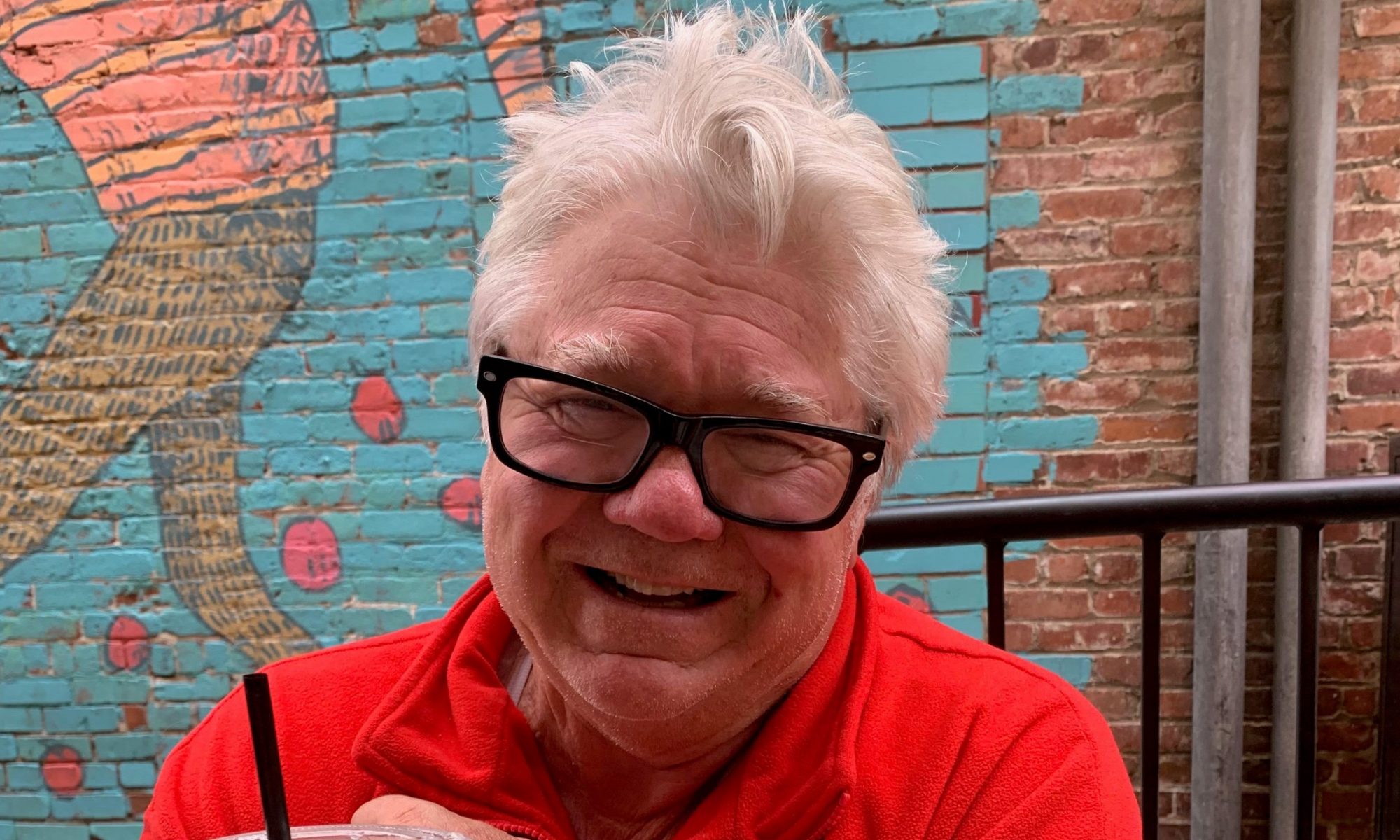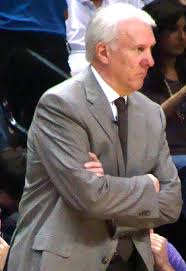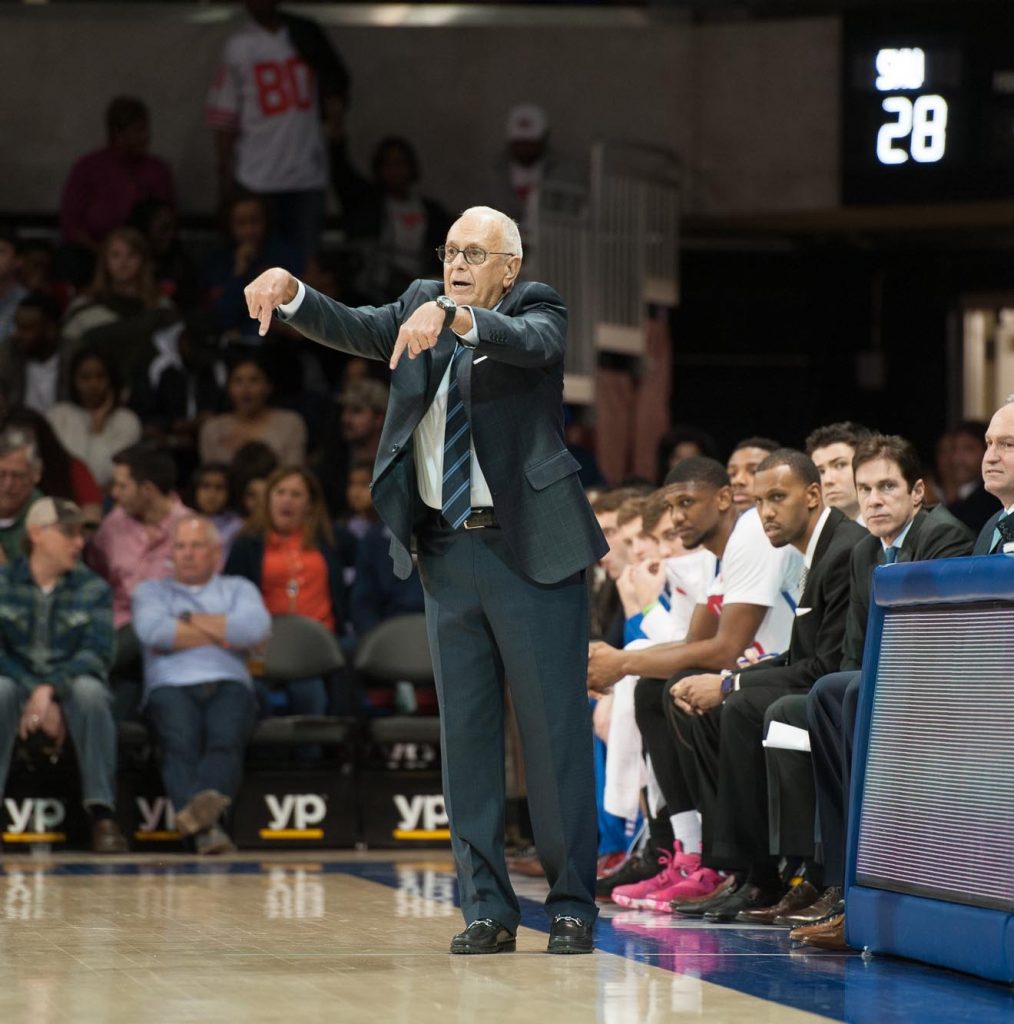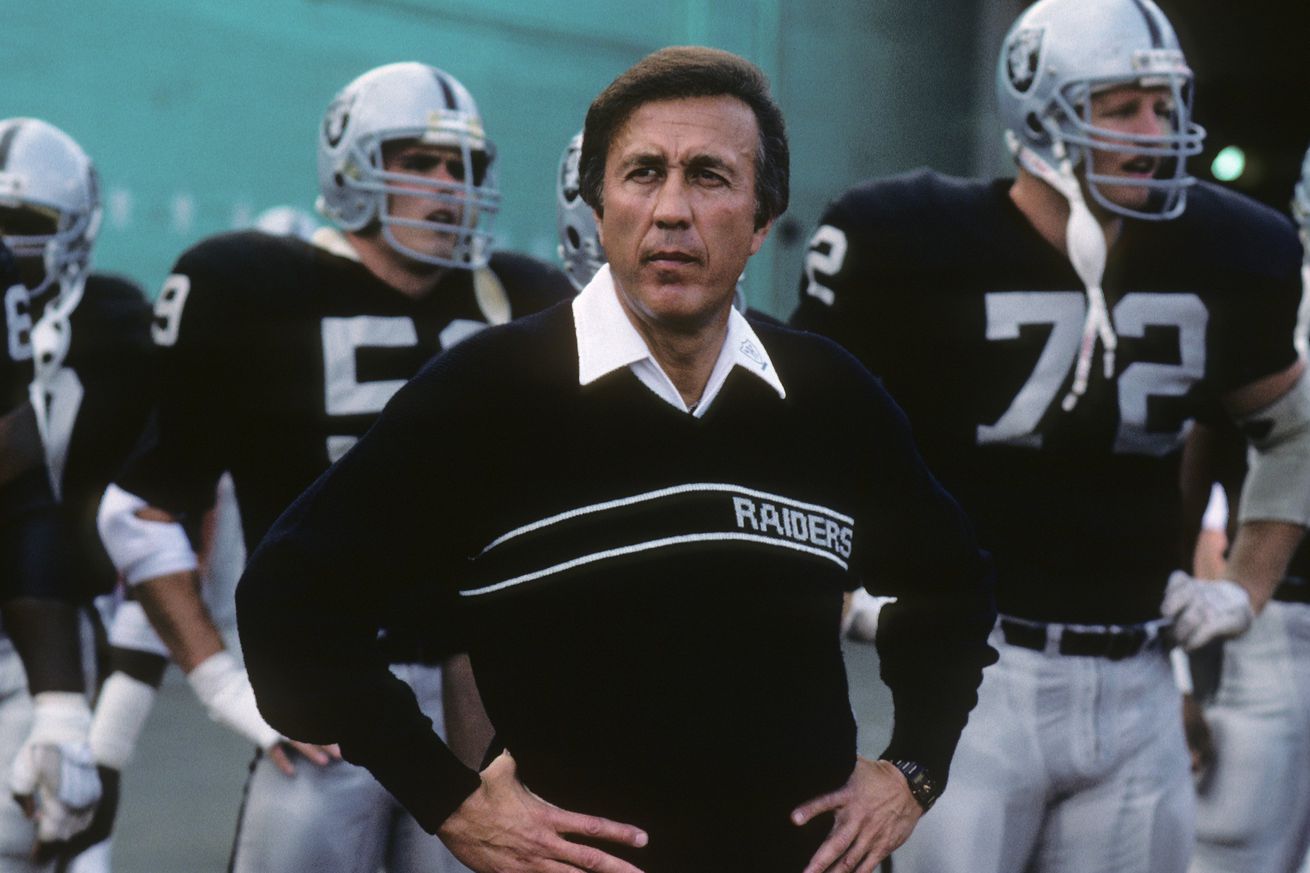A Redlands Connection is a concoction of sports memories emanating from a city that once numbered less than 20,000 people. From pro football’s Super Bowl to baseball’s World Series, from dynamic soccer’s World Cup to golf’s and tennis’ U.S. Open, major auto racing, plus NCAA Final Four connections, Tour de France cycling, more major tennis like Wimbledon, tiny connections to that NBA and a little NHL, major college football, Kentucky Derby, aquatics and Olympic Games, that sparkling little city sits around halfway between Los Angeles and Palm Springs on Interstate 10. For sports editor Jeff Lane and me, the two of us headed out I-10 toward Hollywood Park. – Obrey Brown
Jeff Lane, the sports editor and my one-time classmate at Chabot Junior College up in Hayward, and I were on a mission. Hollywood Park was our destination on July 7, 1979.
Comprising this two-man sports writing staff of a small-city California daily in Redlands, we had something on mind that Saturday. Since our junior college days at Chabot Community College in Hayward, a Bay Area city about 20 miles south of Oakland, we showed up for a local item for our newspaper.
We were as sports-minded as they come – baseball, golf, football, basketball, college and pro, NASCAR, not to mention horse racing, you name it. The main Bay Area tracks were Golden Gate Fields and Bay Meadows, not to mention a handful of summer fair tracks in Pleasanton, Santa Rosa, Vallejo, Fresno, and Sacramento.
Hollywood Park, though, was much bigger. So much greater thoroughbreds. So many top jockeys. Cash was beyond anyone. Looking for an angle to bring horse racing to that Redlands newspaper, we’d stumbled upon a thoroughbred that couldn’t defy such attention.
It was the only way you could sell such a story to local readership. Our newspaper owners, Frank and William Moore, plus its devoted editor, Richard West, had vested their faith in us to report on local events.
We were the second paper on people’s city doorsteps. The Los Angeles Times, San Bernardino Sun or the Riverside Press Enterprise were regional papers. They’d cover the professionals, major colleges and, of course, they had a horse racing page.
For Jeff and I to make this work in a Redlands newspaper, there had to be a local angle. And we’d found one: The horse was called Old Redlands. There was another horse in that same barn, a filly called Milenka.
LOSING MILENKA IN A CLAIMER
On this particular Saturday, both two of us were on a mission to watch Milenka, entered in the first race at Hollywood Park. Owned by a Redlands couple, Bill and Benita Marie Buster, we were curious to see this race’s outcome.
Milenka won in 1:10.2, ridden by apprentice jockey Patrick Valenzuela – who would go on to have a solid racing career – but just prior to the race, the Busters faced sad news.
Since it was a claiming race, rival owner Patrice Bozick claimed that filly. Milenka outraced Bozick’s own filly, Geeme, a few weeks earlier. The Busters, of Redlands, had just one runner remaining in their racing pedal.
“It took us eleven months or a year to breed her,” Bill Buster said, noting Milenka. “Then another year, a year to train her, and then two and a half months of racing. And in one afternoon, she’s gone.”
Such were the perils of claiming races. You’ve got to sell at the claiming price. In this case, the claim was $20,000. “We’re going to try to get her back,” said Buster.
After being posted at 4-to-1 in that day’s morning line, Milenka wound up as the 2-to-1 favorite, that filly beating Hoisty Jen, ridden by Canadian jockey Sandy Hawley.
Later that day, legendary jockey Willie Shoemaker booted home his 7,700th career win aboard Parsec in the Hollywood Juvenile. By comparison, Old Redlands notched just 10 victories.
A few hours earlier that day, once the Busters’ racing stable had been cut in half, only one thoroughbred, Old Redlands, remained in their barn.
“We’ve dreamed about having a stakes winner,” said Buster, noting that Milenka’s sire, Olympiad King, had been a stakes winner in the early 1960s.
Old Redlands, coming off a seventh-place finish in an allowance race at Hollywood Park, had been dropped into a claimer. This thoroughbred had no hopes of winding up in the Kentucky Derby or Hollywood Gold Cup. It won just once in his first 11 races. That win, coming in December 1979, came at Bay Meadows, a track located about 40 miles south of San Francisco, his final race as a two-year-old.
Buster, whose father was in construction and also a horseman, had owned Old Redlands upon its bred. That sire was Gummo, out of Judena. Gummo had been a decent sprinter.
A couple weeks before Milenka’s win, getting claimed at Hollywood Park, the Busters watched Old Redlands win a 1 1/16-mile allowance race.
Over a month later, he won a starter allowance race at Del Mar. That Hollywood Park win had lifted the spirits of Busters’ trainer, Clay Brinson, who called him a “useful horse.
“He’ll win a lot of races if we put him in the right ones.”
The Busters lost Milenka, lost Old Redlands, but held onto a yearling filly, named for Buster’s wife, Benita Marie.
Milenka’s lifetime earnings at $59,600 reached off six wins and a place over 25 lifetime track races. She tucked five victories and a second place finish over an eight-race span between that July 21 victory and early January 1980.
Old Redlands rarely saw Southern California tracks again. Shipped up to the Bay Area, where he raced at Golden Gate Fields, just north of Oakland, and also at Bay Meadows down in San Mateo, then into the Pacific Northwest tracks Yakima Meadows and Longacres – both in Washington.
That horse would race 47 times over a six-year stretch – winning ten times with earnings just over $52,000. At one point, Old Redlands won four straight claiming races. By then, that horse had been claimed by another owner.
Old Redlands would have to serve as the honorable mention to Buster’s all-time stable of runners.
What a final race day. The Busters ran two horses – Milenka and Old Redlands – losing both the same day after winning claiming races.
Feature image credit: “hollywood park” by Deidre Woolard licensed under CC BY 2.0.





